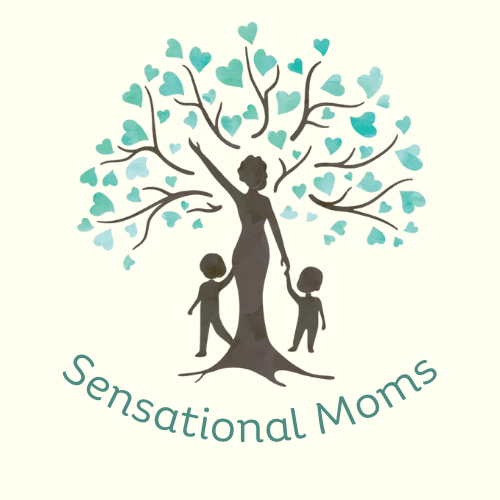Another Mother’s Day has come and gone (or perhaps “Mothers’ Day” if we want to punctuate it correctly). For many of us it’s a day with mixed feelings: joy, grief, and gratitude, just to name of a few of the possibilities. Like most days in our lives, this one probably won’t go as expected. One day of unmet expectations? Probably no big deal right?
But maybe it’s not just a day that doesn’t go we as expect.
It might feel like more than that. It can feel like a reminder that…
Your journey of motherhood is full of unmet expectations.
Expectations you didn’t even know you had.
Ones you didn’t know your spouse or family had.
Expectations you didn’t know could even exist.
Until eventually that slow, steady drip of unmet expectations takes its effect on the bedrock of your motherhood and it starts to give way.
If you’re a highly sensitive person, you’re likely keenly aware of the expectations of others, but what about the most overlooked ones?

What about your own expectations?
I’ll never forget the realization I had when my family relocated.
I felt like I was drowning.
I was struggling with my own mental health and the health of two of my kids… far away from my well established and sometimes overly supportive support network. Oh, and it was also the height of COVID.
One day when I was going about the mundane tasks of mom life, I realized I would never again be the same mother I was for the first 5 years of my motherhood.
At the time that realization felt far from hopeful. In fact, the words came out of a place of despair and bitterness.
I couldn’t see the metamorphosis of the mother I was– and still am– becoming.
It can be dark inside that chrysalis, can’t it?
But I had to meet those unmet expectations I’d placed on myself.
I couldn’t meet them by doing them. I could only meet them by acknowledging that they existed.
A sort of “meet and greet,” if you will. Then a grieved goodbye.
Because the truth is this: The hardest unmet expectations might be the ones you’ve placed on yourself.
Truly, this is an ongoing process of holding and letting go.
No, you’re probably not the mom you thought you’d be.
Maybe you…
-yell a little bit more than you’d like to
-play less than you thought you would
-rush bedtime because you need more time alone than you expected
-ask for space more than you ask for hugs
-lose it when your kids fight because the noise drives you crazy
This list could be endless right? I mean, it’s not even the tip of the iceberg.
Is there room for growth? Absolutely.
But you want to grow?
Great! Give yourself a hug, Mom. You’re doing great.
As it turns out, “good enough” parenting really is good enough.
What about the unmet expectations worth keeping?
Yes! This is where to spend your effort, mom. If you’re struggling to find a sense of joy in the mundane, overstimulating reality of mom life… you need to get clear on what matters to you.
Motherhood uniquely enables us to learn this invaluable skill: saying yes to what really matters.
Seriously, if you’re at home all you have to do is look around you … or grab your planner! You’ll probably see a list or piles of things practically calling out, “Me next!”
And you will NEVER get to the bottom of it.
Motherhood is learning to rest in the midst of the undone and to prioritize what really matters to you.
This skill is invaluable. None of us wants to get to the end of our days and realize we were spinning our wheels but never did what truly mattered to us… homeschool moms included.

Journaling Prompts
As I think about taking our summer break soon, I’m a little extra mindful of expectations and plans as I reflect on our 2024-2025 year. I’d love to share with you some prompts I’m working through, and I truly hope they’ll help you reflect and move forward with clarity and confidence.
Don’t overthink it! So many moms (myself included) can shy away from journaling because we’re looking for the perfect time and occasion. Don’t! Grab a blank paper and keep it simple.
- What expectations of myself did I have in our school year that didn’t happen or didn’t happen as expected?
- How do you feel as you reflect on that? How can you show yourself care in this moment?
- What were you hoping that plan or expectation would give you?
- What did this teach you about what really matters to you?
- How might you adjust your expectation or your plan going forward?
Tired of guessing?
The internet is full of information on how to “hack” your nervous system. But if you’re tired of wasting time trying generic strategies that don’t fit your unique situation, see how personalized nervous system support can make all the difference for moms dealing with chronic overstimulation.
